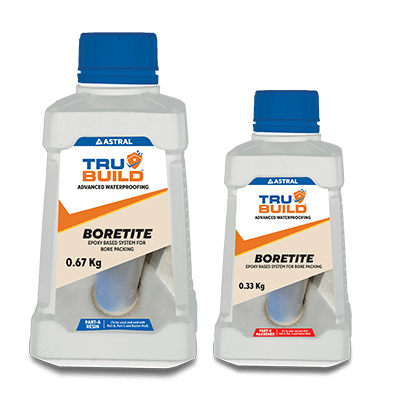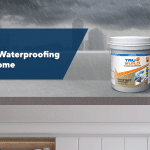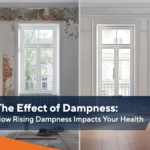What is Waterproofing Cement and How to Mix It?
Jun 27, 2024
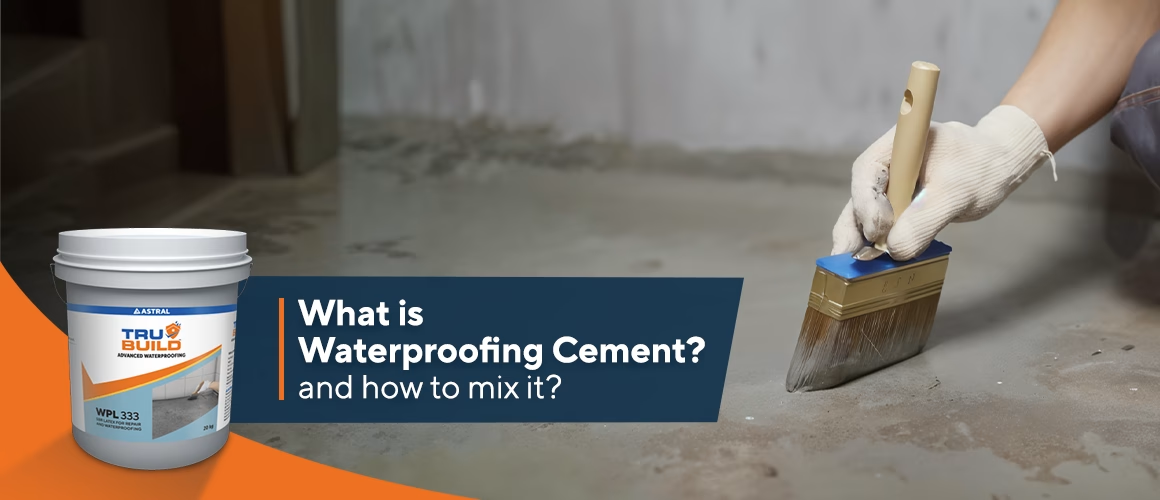
Damp walls and water leakage in your home are often caused by using the wrong type of cement. While Ordinary Portland Cement (OPC) is a strong bonding agent that holds materials like sand, gravel, and aggregates together, it has one major drawback—porosity. Its porous nature allows water to seep through tiny pores and cracks, leading to leakage and water damage.
To prevent this, waterproofing cement is specially formulated with hydrophobic (water-repelling) agents and other chemical additives that reduce porosity and enhance durability. In this blog, we’ll break down the fundamentals of waterproofing cement, how it differs from regular cement, and the steps to mix it for long-lasting protection.
Understanding the Basics of Waterproofing Cement
Waterproofing cement is an advanced formulation comprising water-repellent agents, crystalline compounds, or polymer-based materials to block moisture infiltration and increase durability. Here’s how it differs from regular cement:
- Microscopic pores in regular cement: As regular cement cures, it naturally develops tiny pores and capillaries, creating pathways for water to seep through.
- Mixing waterproofing additives: These agents react with moisture to form insoluble crystals that seal the pores, transforming the cement into a water-resistant material.
In simple terms, waterproofing cement is an enhanced version of regular cement, ideal for concrete waterproofing in high-moisture areas like foundations and exterior walls. When mixed with additives such as polymers or advanced water-blocking agents it forms a stronger, more effective barrier.
To achieve waterproofing concrete walls, knowing how to mix waterproof concrete cement correctly is key. Proper mixing creates a reliable solution that safeguards your walls and foundations from water damage, even in damp or rainy conditions.
Achieving the Perfect Waterproofing Cement Mix with Astral Trubuild
At Astral Trubuild, we offer premium waterproofing solutions that enhance the strength and durability of your cement mix. One of our leading products is Trubuild Buildcrete, a polymer-based waterproofing additive known for its superior water resistance.
Here’s a step-by-step guide to get the right waterproofing cement mix using our Trubuild Buildcrete:
- Get the required materials: You will need Ordinary Portland Cement (OPC), fine sand that is clean and free from impurities, a waterproofing additive such as Trubuild Buildcrete (an acrylic polymer-based waterproofing additive), and clean water.
- Measure the correct proportions: For mortar (used for plastering or coatings), mix 1 part cement with 4 parts fine sand by volume. For concrete, typically used for walls, foundations, and slabs, a standard mix would be 1 part cement, 2 parts sand, and 4 parts aggregate. For the waterproofing additive, mix 1 part Trubuild Buildcrete with 10 parts water by volume before adding it to the dry mix to ensure even distribution of the additive.
- Mix the ingredients properly: Start by pre-mixing the dry ingredients, which include the cement and sand, to ensure an even blend. Then, prepare the additive solution by mixing the Trubuild Buildcrete with water in a separate container. Slowly add the liquid mixture to the dry ingredients while continuously stirring to avoid lumps. To get a smooth, consistent mix, use an electric mixer.
- Achieve the right consistency: If the mix is too dry, gradually add small amounts of water to bring it to the right consistency. On the other hand, if the mix becomes too wet, you can restore its strength by adding more cement and sand. Once the ideal consistency is achieved, apply the cement using a trowel, brush, or spray system depending on your specific application requirements.
Get Long-lasting Waterproof Concrete Walls
Always choose waterproofing cement over regular cement for durable, moisture-resistant structures, especially in water-prone areas. By following the correct mixing ratios and using high-quality additives, you can ensure superior waterproofing cement that lasts for years.
To learn more about waterproofing solutions, read our blog When Is the Best Time to Waterproof Your Home?


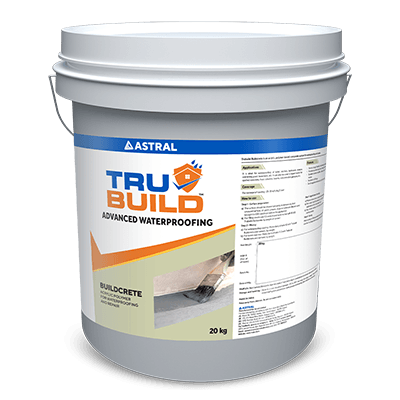
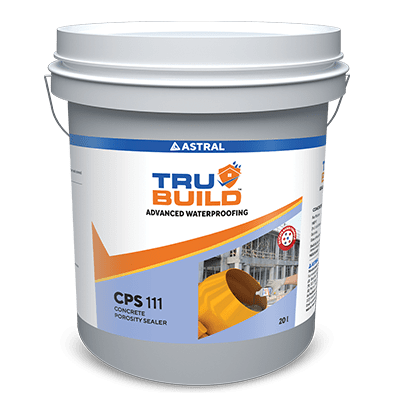
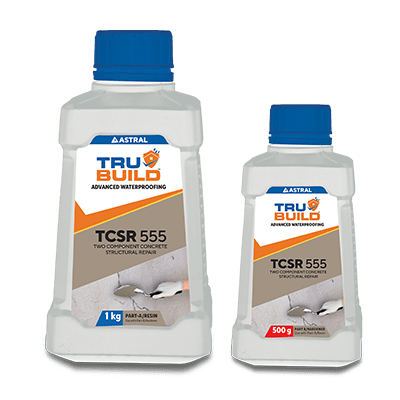
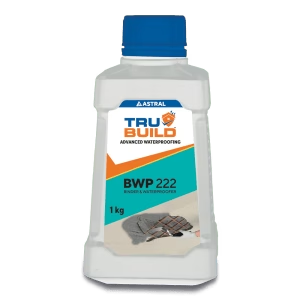
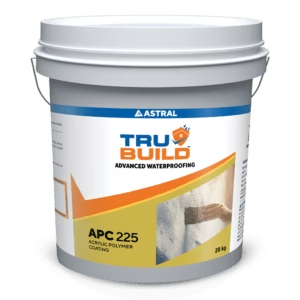
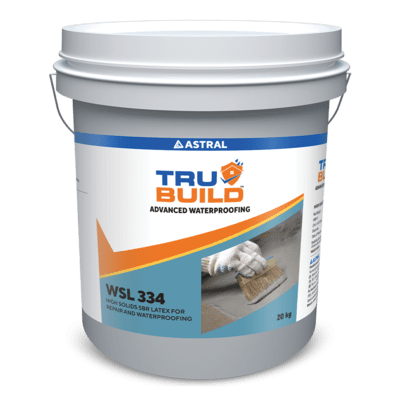
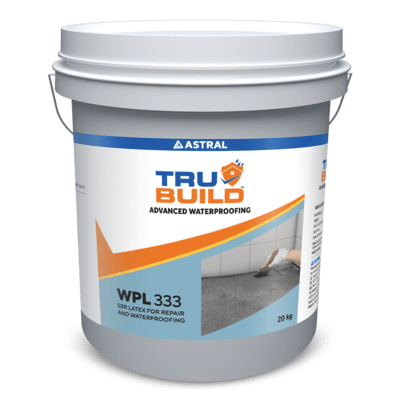
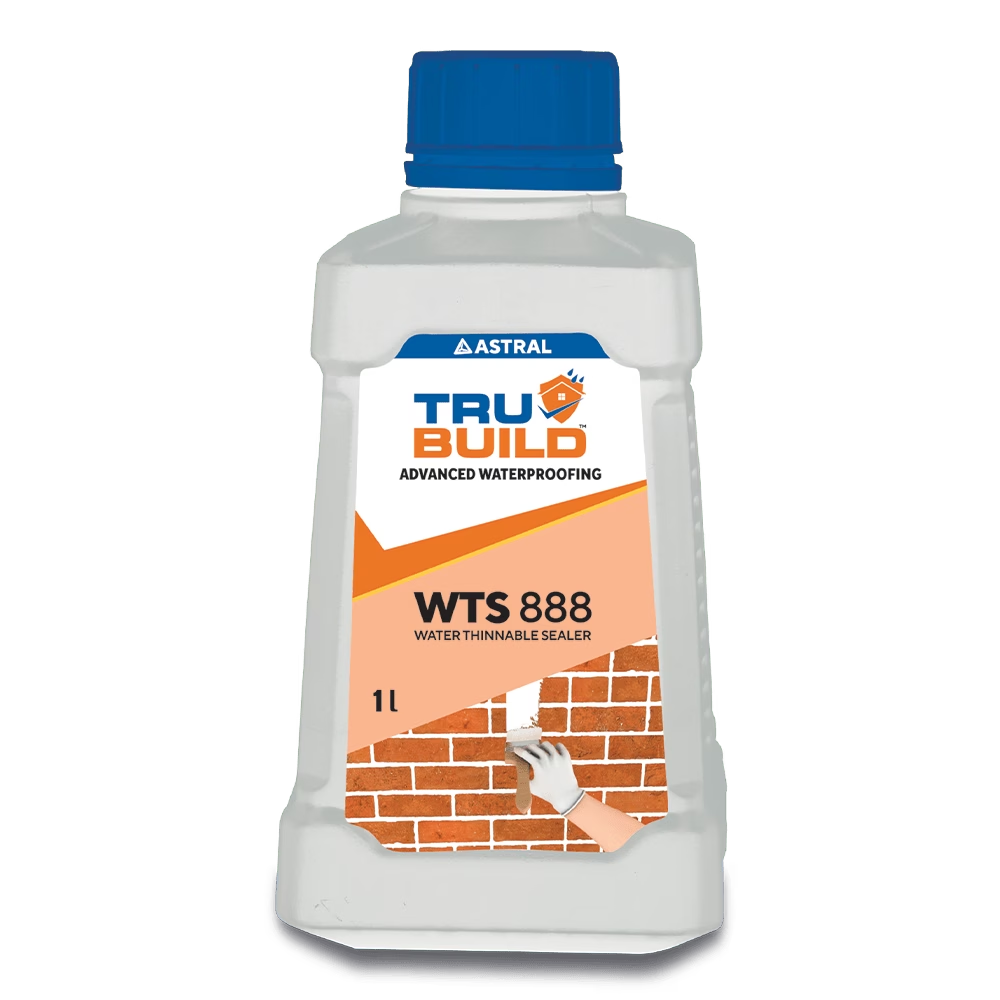
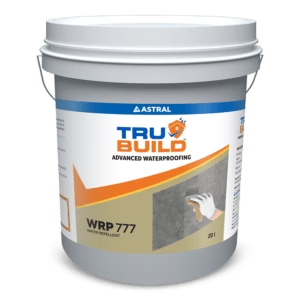
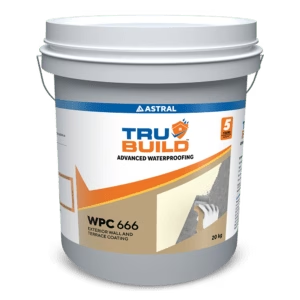
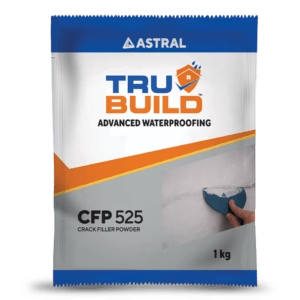
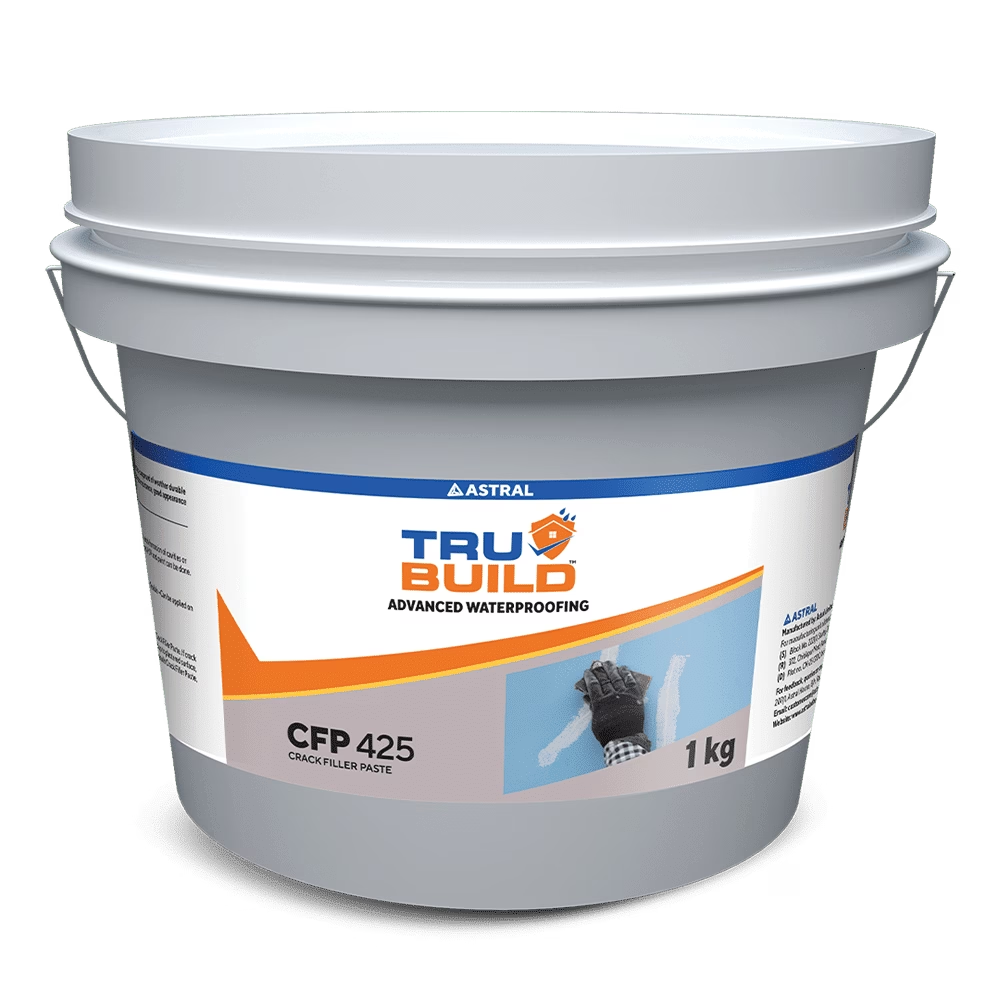
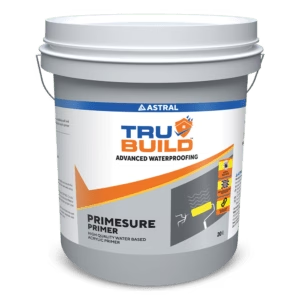
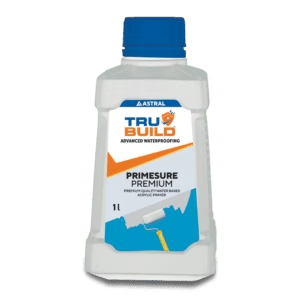
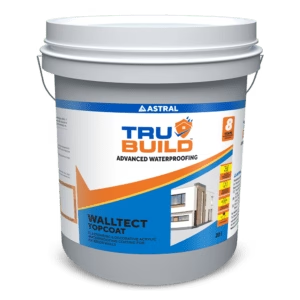
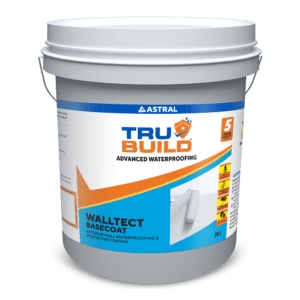
 Professional Sealants
Professional Sealants 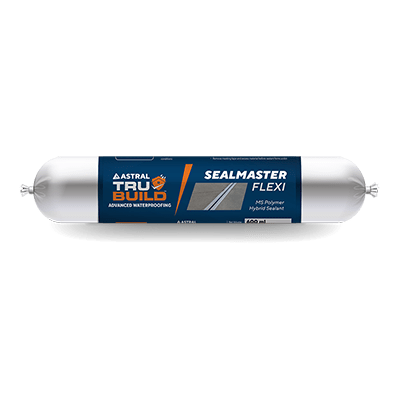
 Roof Waterproofing
Roof Waterproofing 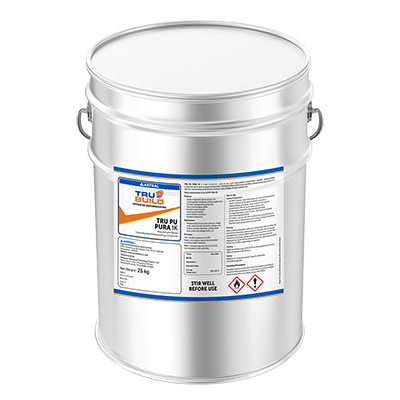
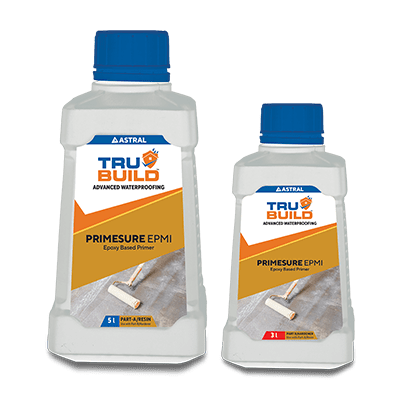
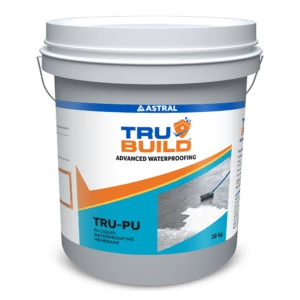


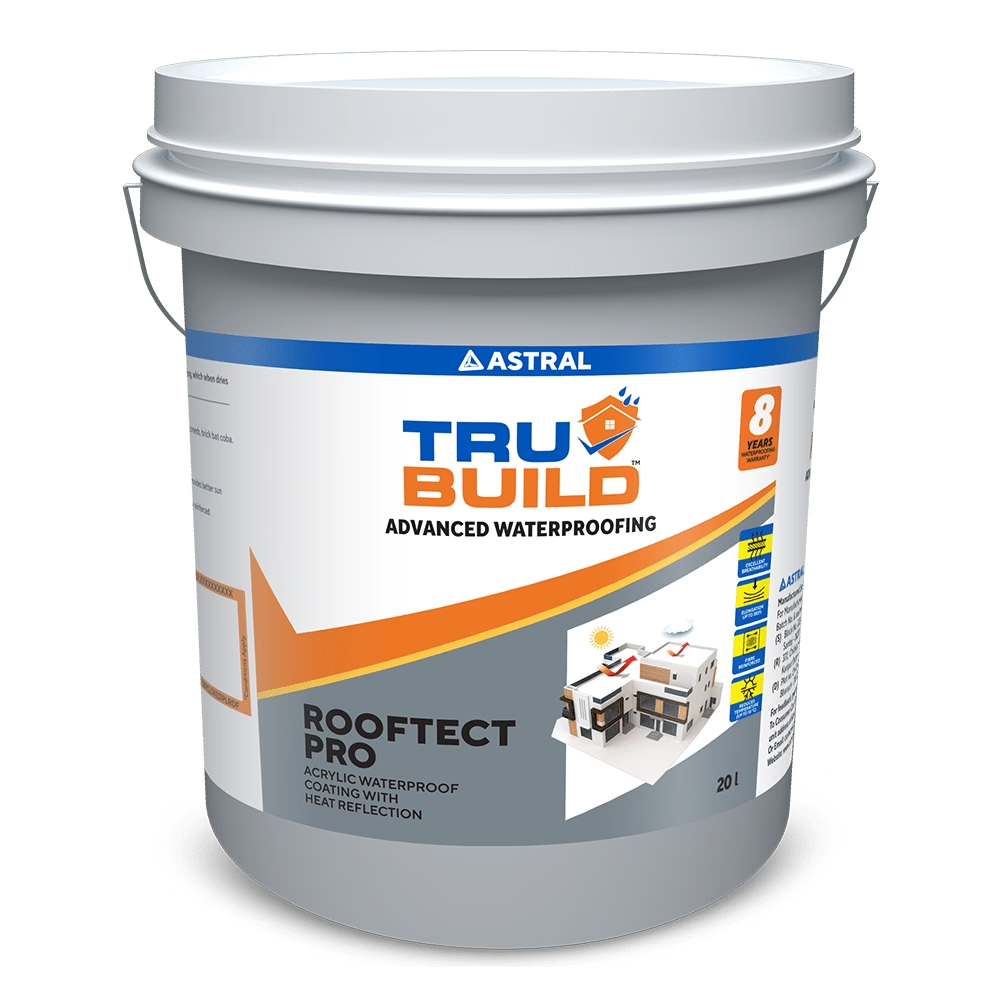
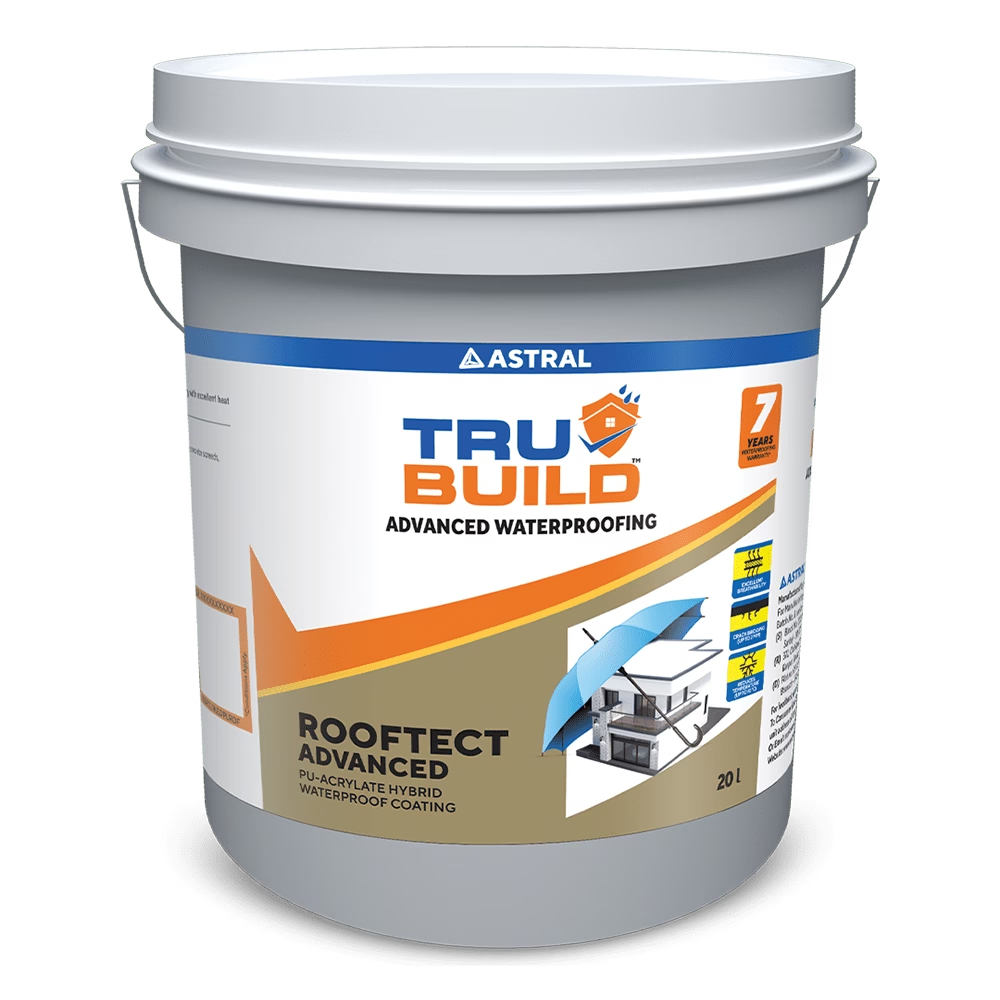
 Substructure Waterproofing
Substructure Waterproofing  Tiling and Grouting
Tiling and Grouting 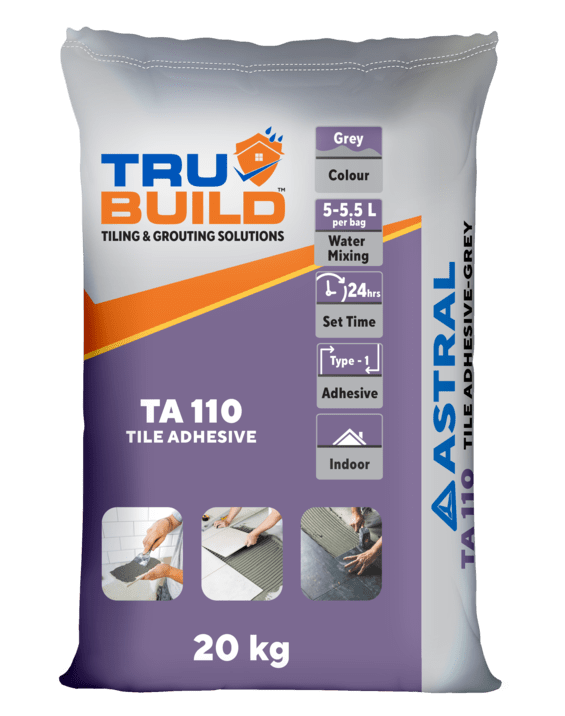
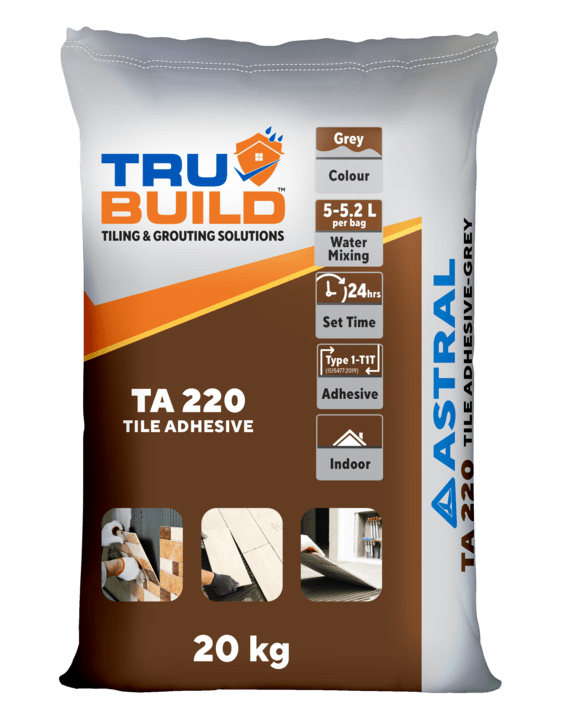
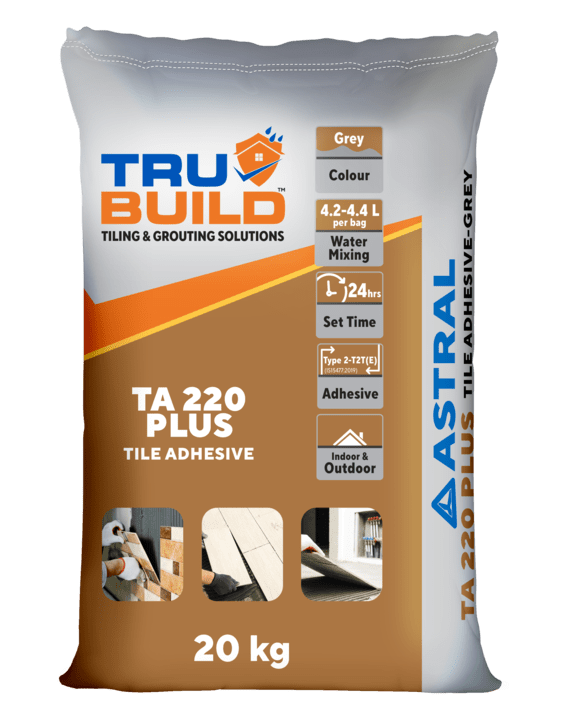
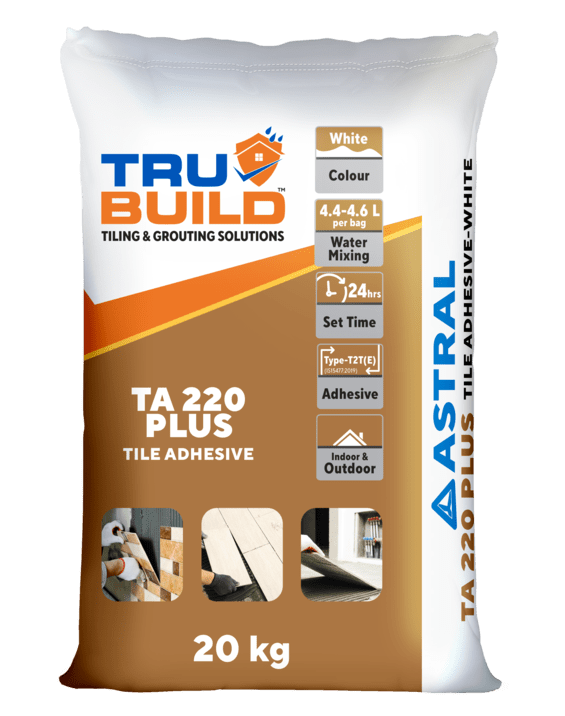
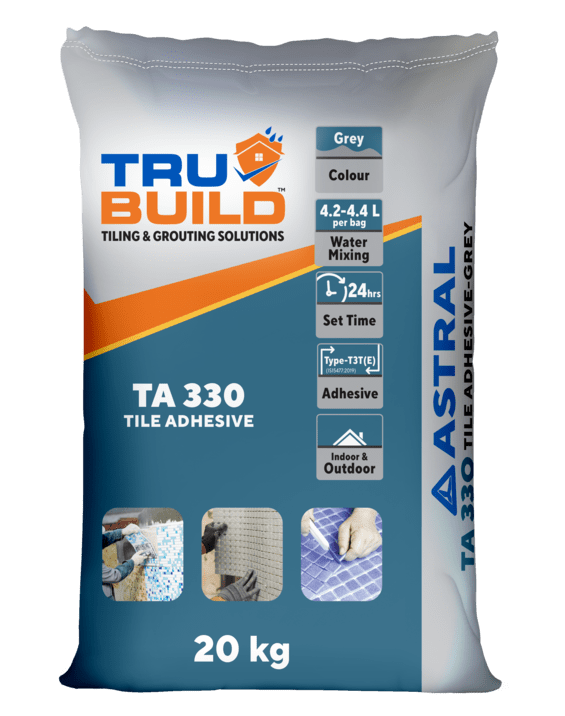
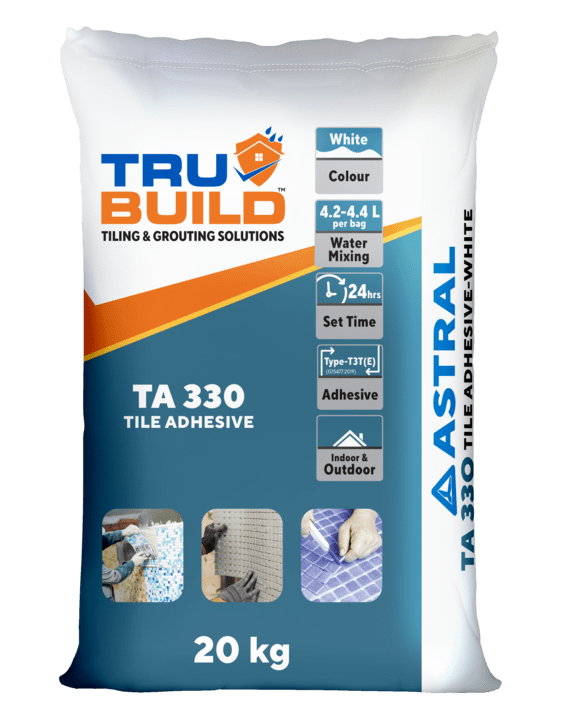
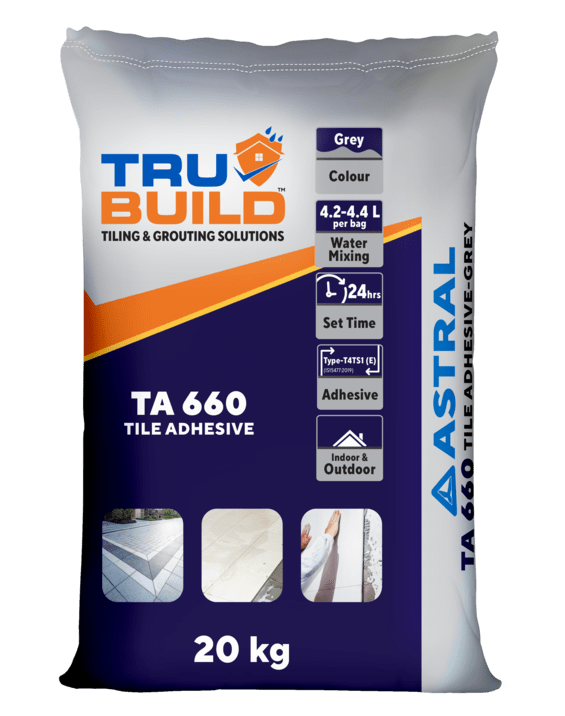
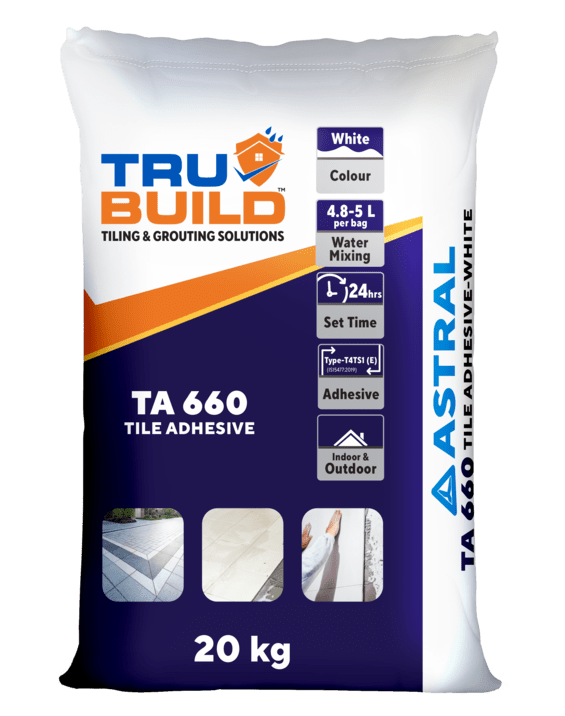
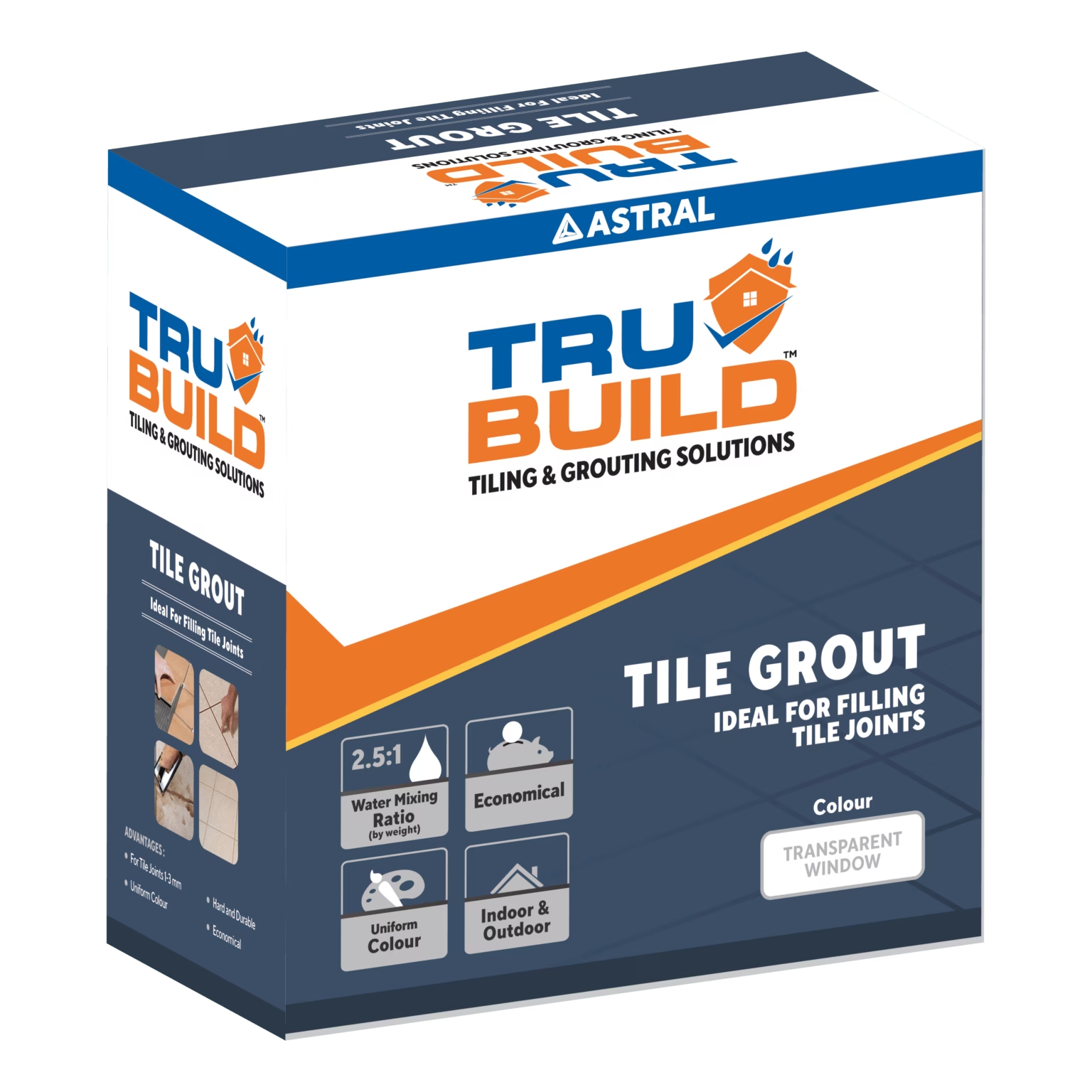
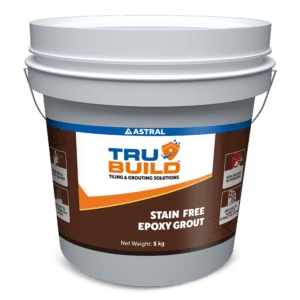
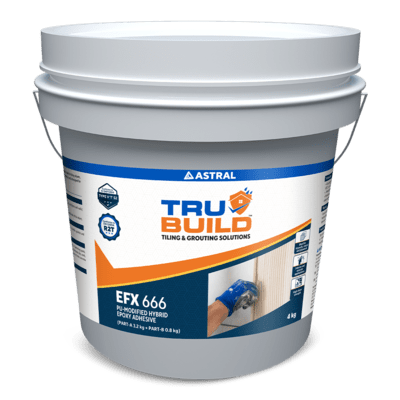
 Water Tanks and Other Areas
Water Tanks and Other Areas 